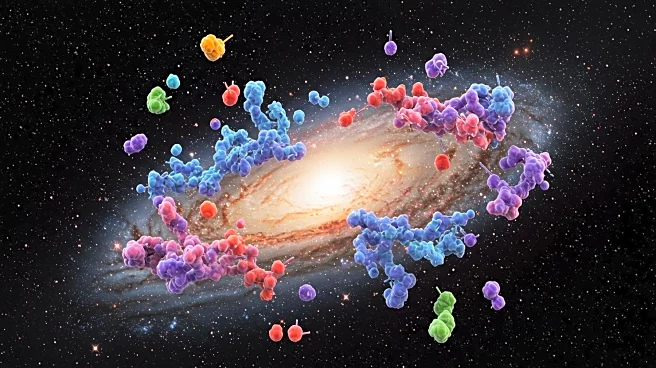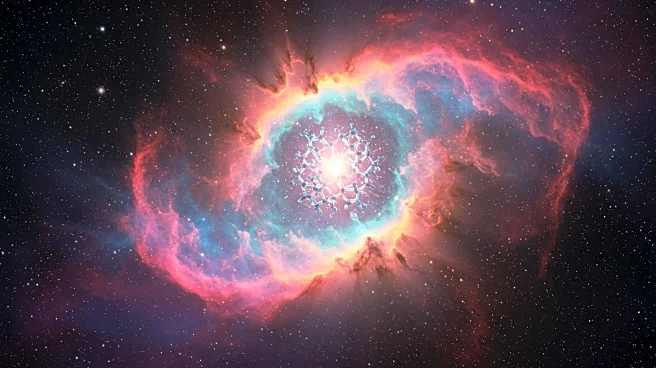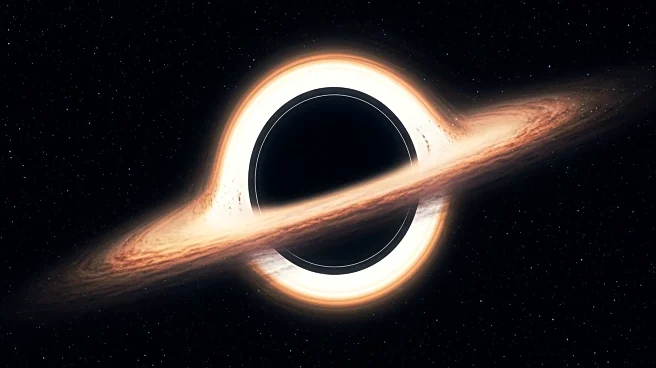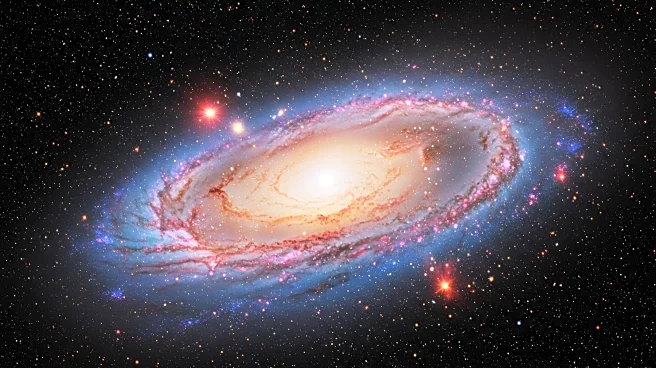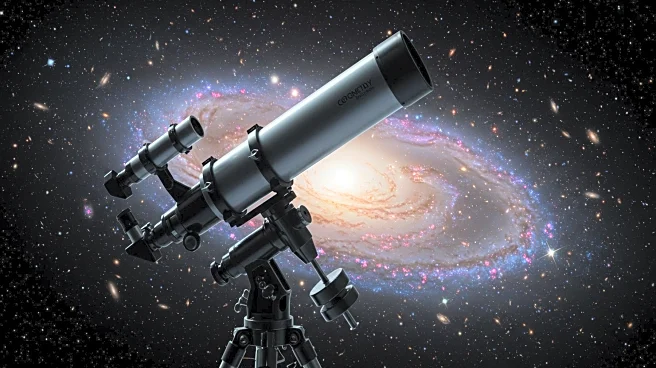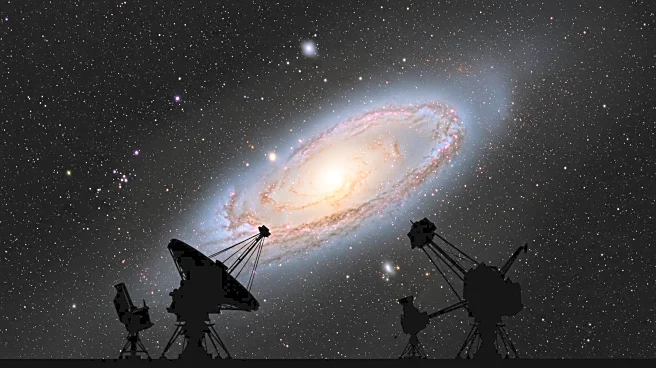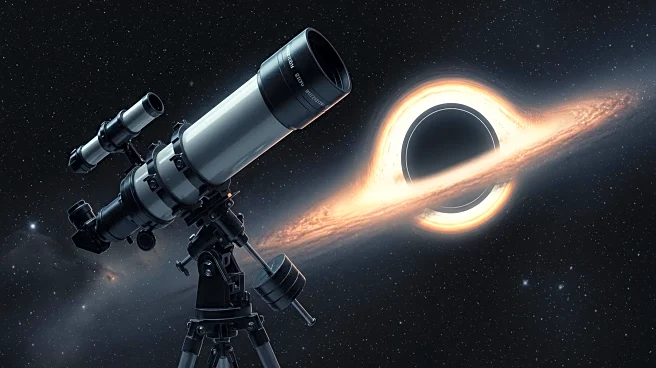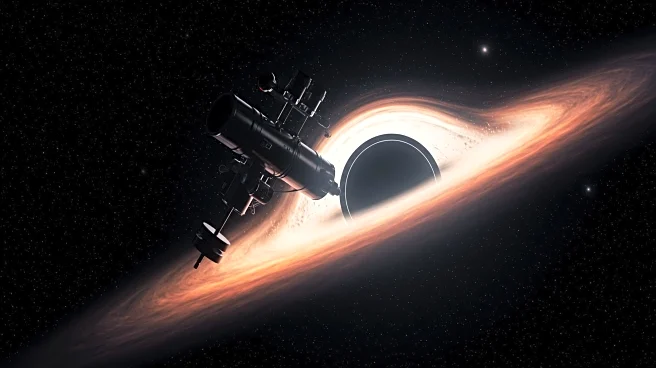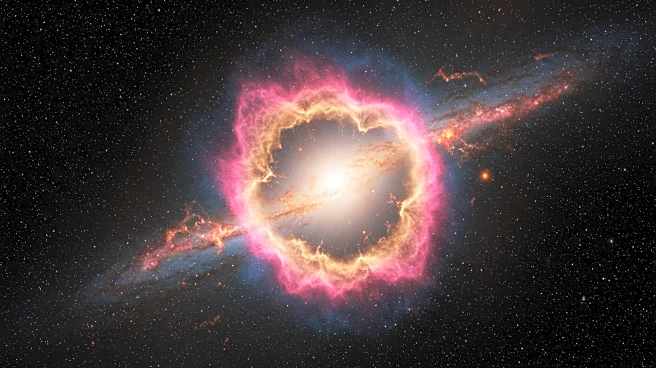What's Happening?
Researchers have potentially solved a longstanding mystery regarding the formation of the universe's earliest molecules. By recreating the helium hydride ion (HeH+), believed to be the oldest molecule, scientists have tested its reactions under conditions mimicking the early universe. This molecule, along with molecular hydrogen (H2), is thought to have been crucial in the formation of the first stars. The study challenges previous theories that suggested molecular reactions slowed as the universe cooled, finding instead that these reactions remained constant regardless of temperature changes.
Why It's Important?
This discovery could significantly alter the scientific understanding of the universe's formation and expansion. By demonstrating that molecular reactions did not slow as temperatures decreased, the research provides new insights into star and planet formation processes. This could impact theories about the universe's evolution since the Big Bang, potentially influencing future astronomical research and technology development. The findings may also guide scientists in predicting how the universe will continue to expand and form new celestial bodies.
What's Next?
Further research is needed to fully validate these findings and explore their implications. Scientists may conduct additional experiments to confirm the consistency of molecular reactions under varying conditions. This could lead to a deeper understanding of the universe's early stages and inform future studies on cosmic evolution. The research community is likely to engage in discussions and collaborations to explore the broader impacts of these findings on astrophysics and cosmology.
